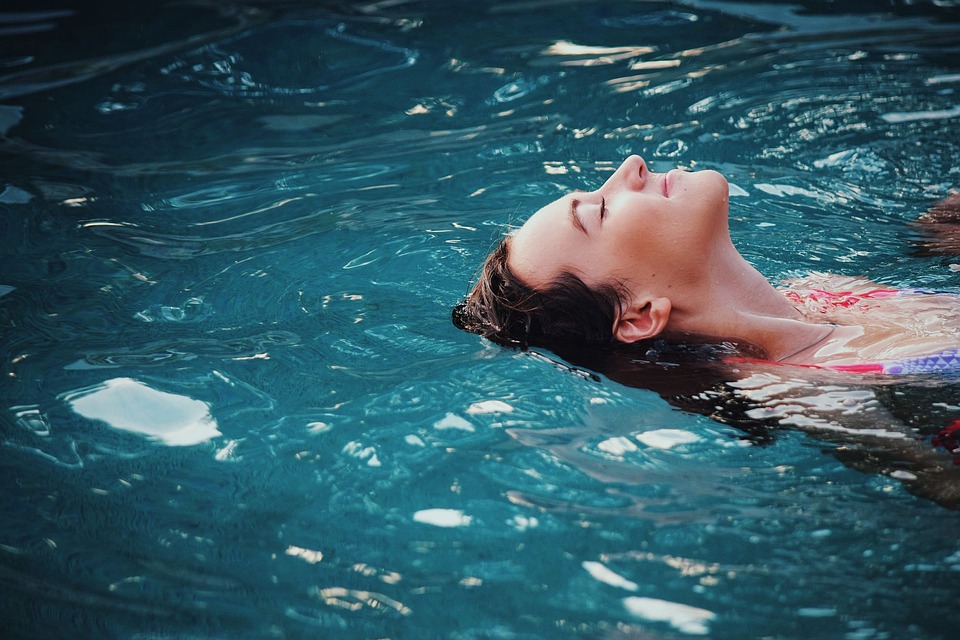Chemical Treatment: The Importance of Maintaining a Clean and Safe Pool
When it comes to enjoying a refreshing swim or relaxing by the poolside, one of the most crucial factors to consider is ensuring that the pool water is clean and safe for swimmers. This is where chemical treatment plays a vital role. Adding chemicals, such as chlorine or bromine, to the pool water is necessary to kill bacteria and algae. The dosage and frequency of chemical treatment depend on the pool size, water capacity, and usage.
Bacteria and algae are among the primary culprits that can turn a beautiful pool into an unsightly and potentially harmful environment. These microorganisms thrive in warm, stagnant water, and without proper treatment, they can quickly multiply and cause various health hazards for swimmers. Therefore, it is essential to understand the significance and mechanics of chemical treatment to keep the pool water clean and safe.
Chlorine is one of the most commonly used chemicals for pool treatment. Its primary role is to sanitize the water by killing bacteria and other harmful microorganisms. When chlorine is added to the pool, it reacts with the water to produce hypochlorous acid and hypochlorite ions. These compounds effectively destroy any bacteria or viruses present in the water, ensuring the pool remains a safe environment to swim in.
The dosage of chlorine required depends on various factors, including the size of the pool, the water capacity, and the frequency and intensity of use. The first step in determining the appropriate chlorine dosage is to measure the pool’s water capacity accurately. This involves taking into account the pool’s length, width, and average depth. This information allows pool owners or maintenance experts to calculate the number of gallons or liters of water in the pool accurately.
Once the water capacity is determined, the next step is to establish the desired chlorine concentration. The ideal chlorine level ranges between 1 and 3 parts per million (ppm) in most pools. However, this level can vary based on factors such as the climate, surrounding environment, and bather load. Therefore, it is crucial to test the pool water regularly using test kits or strips to maintain the appropriate chlorine concentration.
Besides chlorine, bromine is an alternative chemical that can be used for pool treatment. Bromine functions similarly to chlorine by killing bacteria and other microorganisms. However, it tends to be more stable and effective in higher temperatures, making it an excellent choice for hot tubs and spas. The dosage and application of bromine are similar to that of chlorine, with the appropriate concentration depending on the pool size, water capacity, and usage.
Maintaining the proper chlorine or bromine concentration is not a one-time task but an ongoing process. The chemicals break down over time due to sunlight exposure, heat, and organic contaminants introduced by swimmers. Therefore, regular monitoring and adjustment of the chemical levels are essential to ensure a consistently safe swimming environment.
To maintain the correct chlorine or bromine concentration, pool owners and maintenance personnel should establish a regular schedule for chemical treatment. Frequency will depend on various factors, including the size of the pool, the water capacity, and the bather load. Generally, testing the water and adjusting chemical levels should be done at least once a week. However, during periods of high pool usage or extreme weather conditions, more frequent testing and adjustment may be necessary.
In addition to the regular chemical treatment, it is essential to shock the pool occasionally. Pool shocking involves adding a higher concentration of chlorine or non-chlorine shock treatment to the water. This process helps eliminate any built-up chloramines, which can cause eye and skin irritation. Pool shocking should typically be done every few weeks or as needed, depending on the water condition.
In conclusion, chemical treatment is a vital aspect of maintaining a clean, safe, and enjoyable pool environment. Chemicals such as chlorine or bromine play a significant role in killing bacteria and algae that can pose health hazards to swimmers. The dosage and frequency of chemical treatment depend on the pool size, water capacity, and usage. Regular monitoring, adjustment, and occasional shocking are necessary to ensure the pool water remains within appropriate safety levels. By consistently implementing chemical treatment practices, pool owners can keep their pools crystal clear, bacteria-free, and a source of joy for all who use them.
Chemical treatment is crucial for maintaining a clean and safe pool for swimmers. Bacteria and algae can quickly multiply in pool water, causing health hazards. Chlorine is commonly used to sanitize the water by killing microorganisms. The dosage of chlorine depends on the pool size and usage. Bromine is an alternative chemical for hot tubs and spas. Regular monitoring and adjustment of chemical levels are necessary due to sunlight exposure and organic contaminants. Testing and adjusting chemical levels should be done at least once a week, with occasional pool shocking to eliminate chloramines. Chemical treatment keeps pools clean and enjoyable for swimmers.
